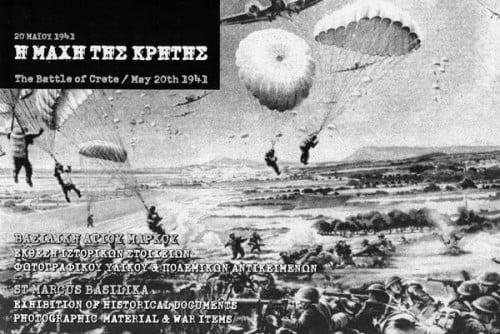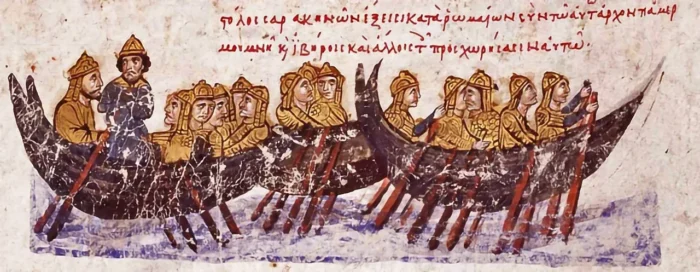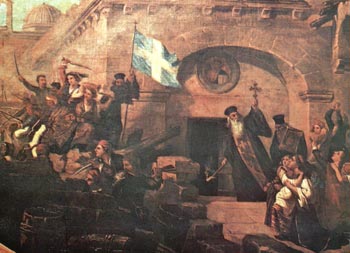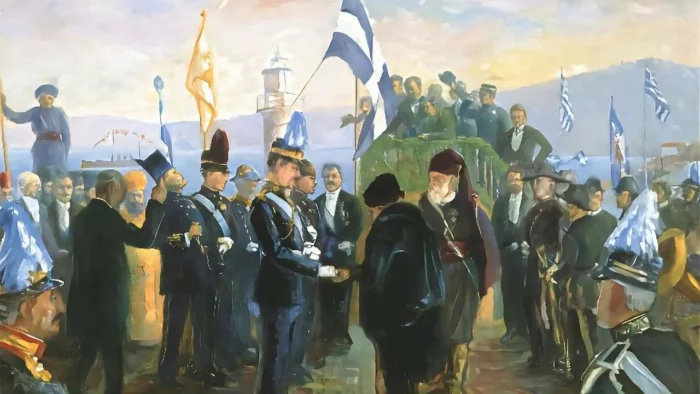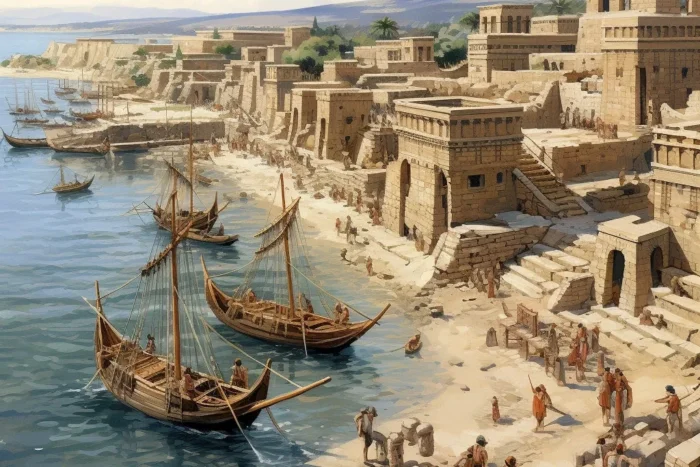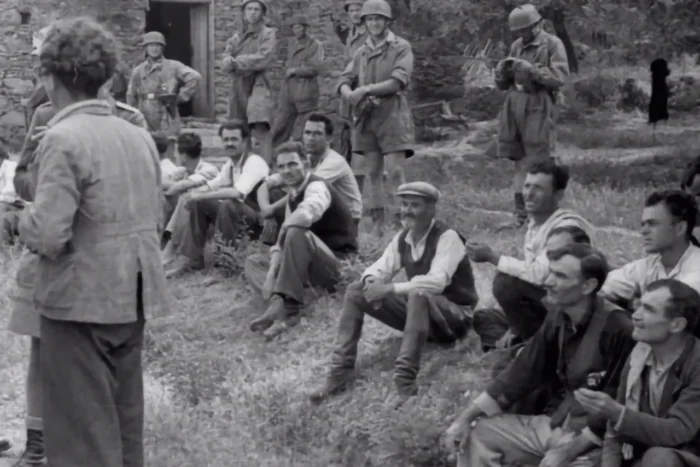The 1897 Revolution in Crete and Spiros Kayales
The Revolution of 1897 in Crete
During the period 1890-1895, the Cretan population was in dire straits, facing heavy taxes, oppression, violence and murders by the Turks. The island was in a revolutionary ferment once again.
On 23 and 24 January 1897, the Turks set fire to parts of Chania and slaughtered the Christian population. About a hundred revolutionaries gathered at Akrotiri, determined to bring about the Union of Crete with Greece by any means.
The resolution of the revolutionaries, declared at Akrotiri on 25 January 1897, proclaimed the abolition of Turkish rule and called upon the King of Greece to occupy the island. Over the next few days more armed men arrived at Profitis Ilias on Akrotiri peninsula (the location is also known as Venizelos’ Tombs), raised the Greek flag and organised a revolutionary camp. Akrotiri was chosen because it was close to Chania and those occupying this position could watch every movement to and from the city.
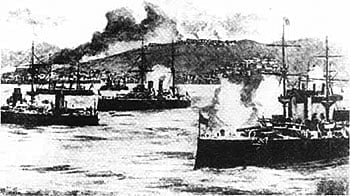
The Great Powers (Italy, France, Austria-Hungary, Germany, Great Britain and Russia) did not accept the revolutionaries’ demands and decided to place the cities of Chania, Rethymno and Heraklion under international occupation.
This development led King George I of Greece and the Deliyannis government to intervene directly by sending troops to Crete.
An expeditionary force of 1,500 men led by Colonel Timoleon Vassos landed at Kolymbari on 3 February 1897. Volunteers and munitions were sent to Rethymno and Heraklion. Vassos read out his orders to occupy the island in the name of the King of the Greeks, while the Great Powers warned him not to approach closer than six kilometres to Chania.
On 9 February 1987, Vice Admiral Canevaro, the Italian senior admiral of the united fleet, ordered the bombardment of the revolutionary camp. The shells were aimed not only at the Cretan fighters but also at the Greek flag flying over Akrotiri. Twice the flag fell, struck by the shots of the Great Powers, and the revolutionary Spiros Kayaledakis or Kayales, risked his life to raise it.
When a third shell shredded the flag halyard, Kayales made his own body a flagpole and raised it aloft. When the admirals saw through their telescopes the Greek flag flying proudly with a man holding it, they ordered the bombardment to end, speechless at Cretan bravery.
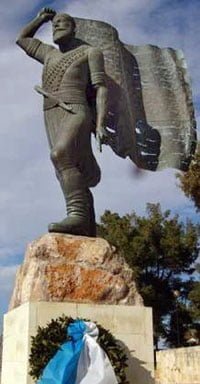
The Cretan revolutionary camp shook with cheers and rejoicing. The national anthem was sung on the Greek battleship Hydra. Cheers and applause were heard not only from the Greek but even from the Italian and French ships!
Vice Admiral Canevaro wrote in his memoirs: “The raising of the flag in this heroic manner was a moment in my life which I will never forget.”
As Eleftherios Venizelos, who played a leading role in contemporary events, related later, Canevaro told him that he was struck speechless with admiration at the noble and heroic act of Spyros Kayales, who that day literally vanquished European diplomacy. Not only did he cause the immediate cessation of the bombardment of Akrotiri, but the admirals themselves submitted favourable recommendations to their respective governments. As a result, a few months later Crete won its independence from the Ottoman Empire (1899), with Union of Crete with Greece following on 1 December 1913.
Spiros Kayales or Kayaledakis
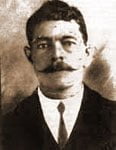
Spiros (Spyros) Kayales was born in 1872. His father Dimitris was from Gramvousa and had moved early on to Lakon Street in Chalepa. His mother Maria, née Orneraki, was from Sfakia.
Spiros Kayales served at Akrotiri from the beginning of the 1897 Revolution, along with his brothers Yorgos, Manolis, Antonis and Sifis. Kayales or Kayaledakis died at Chalepa on 5 September 1929.
The Municipality of Akrotiri celebrates the anniversary of the bombardment of 9 February 1897 each year, and lays wreaths at the statue of the hero Spyros Kayales (next to the Venizelos Tombs), who became a symbol of the Cretan struggle for Union with Greece.
Read more: Union of Crete with Greece
© explorecrete.com All Rights Reserved. Reproduction or copying without permission is prohibited.

